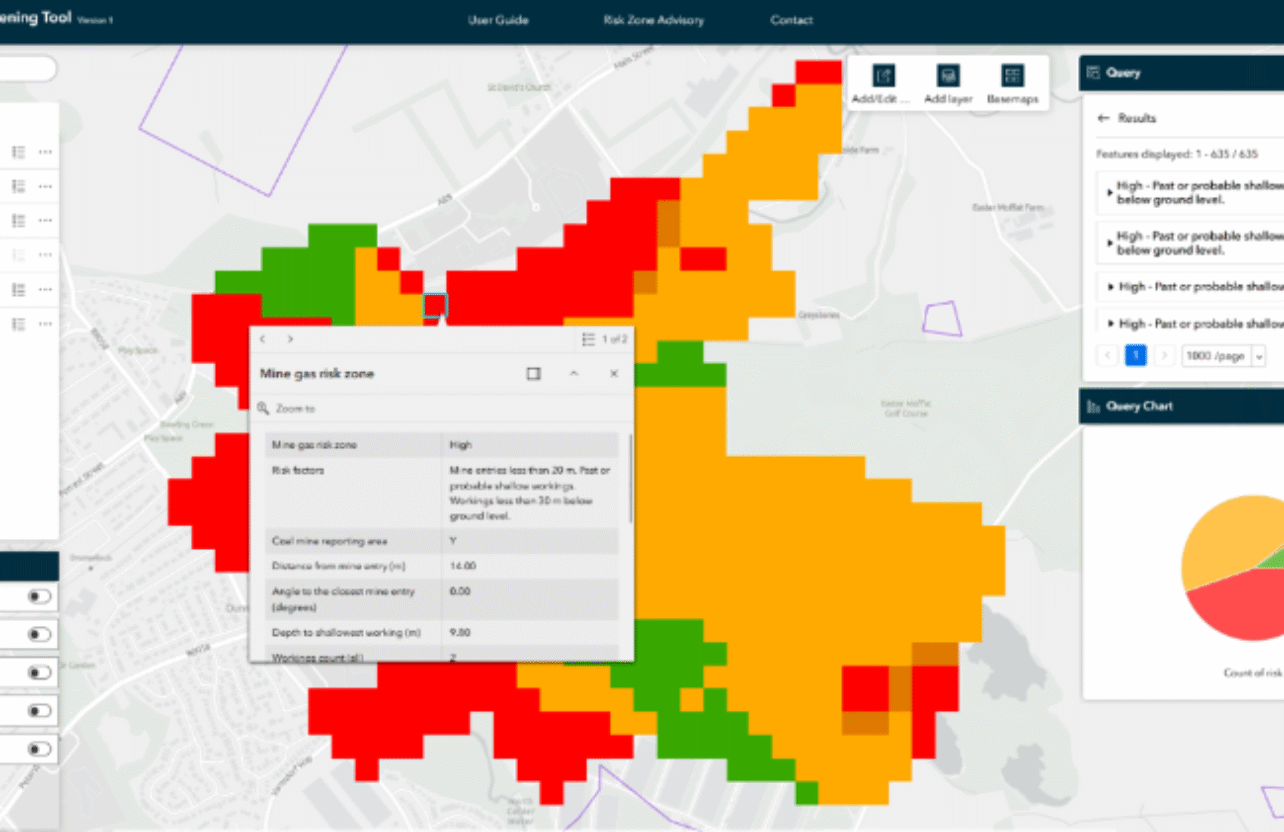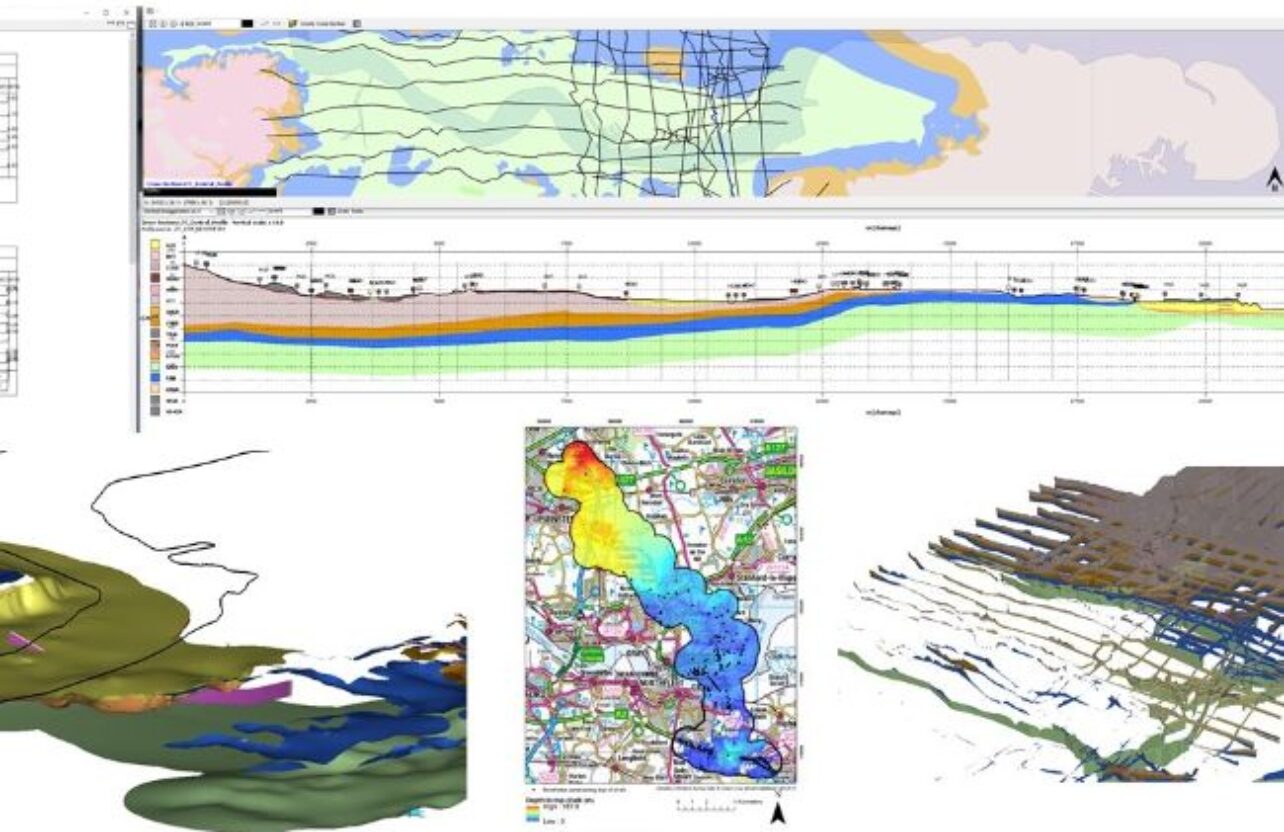
City of London’s Climate Action Strategy – The Cubic Mile

- Company: British Geological Survey
- Client: City of London Corporation
- Year: 2021 - 2022
- Region: England
- Geographical information systems (GIS) and mapping
- Environmental and sustainability services
- Plan-making, planning application and data management systems
Introduction
Challenges
More information about subsurface space in the City of London was needed to understand how it could help deliver the City of London Corporation’s Climate Action Strategy 2020-2027.
Solutions
• A data and policy review was undertaken to scope options for five climate adaptions measures: urban greening and tree planting; sustainable drainage options; ground source heating and cooling technologies; cool spaces underground, and; climate risks to buried assets.
• Interviews and workshops were facilitated to promote cross learning, creating a platform for surface-subsurface knowledge exchange.
Results
• The Data and Policy review revealed how buried utilities, geology, and existing infrastructure could limit or enable climate resilience measures like sustainable drainage systems (SuDS) and ground source energy.
• The outputs were cited as a UK case study in the Government Office for Science – Future of the Subsurface Foresight report, demonstrating how subsurface mapping and climate adaptation planning in a dense urban area can inform national strategies.
- Highly commended in the London Tree and Woodland Awards 2023

